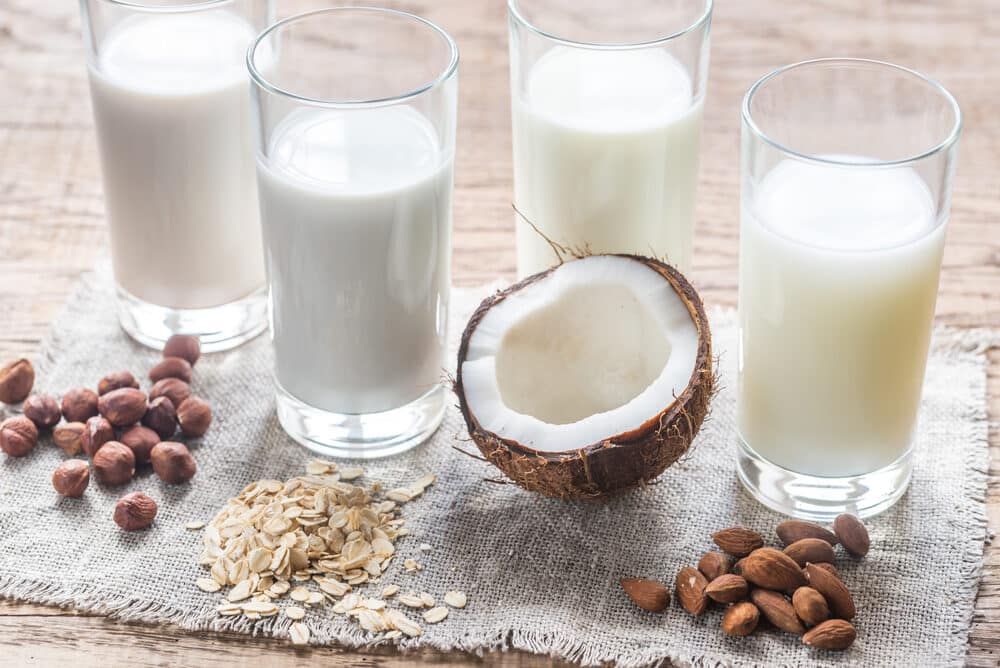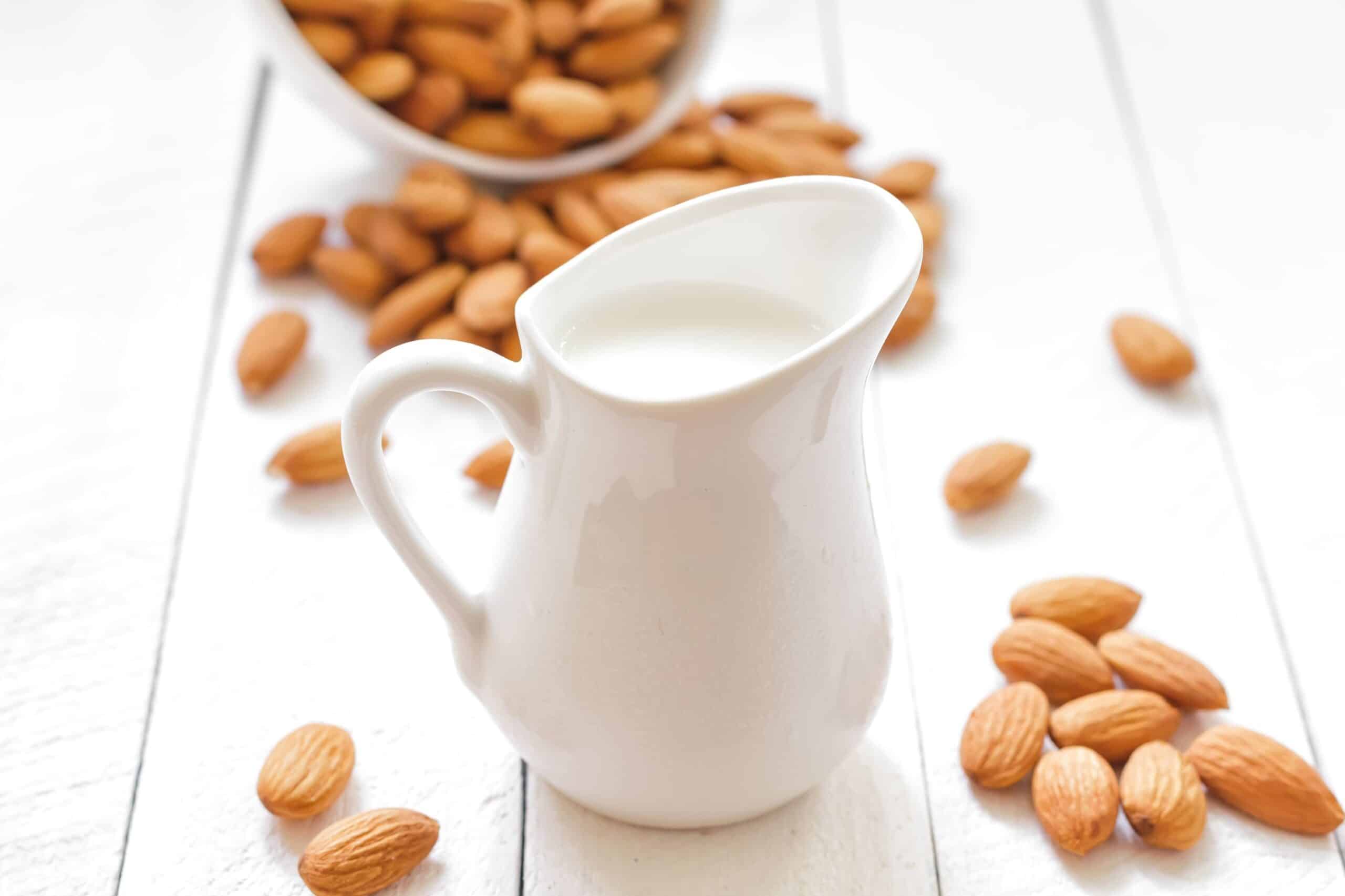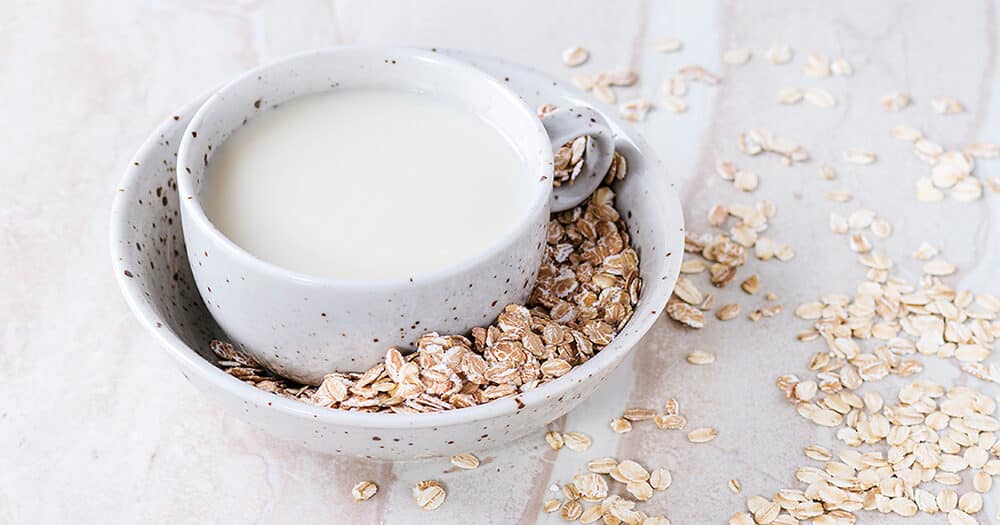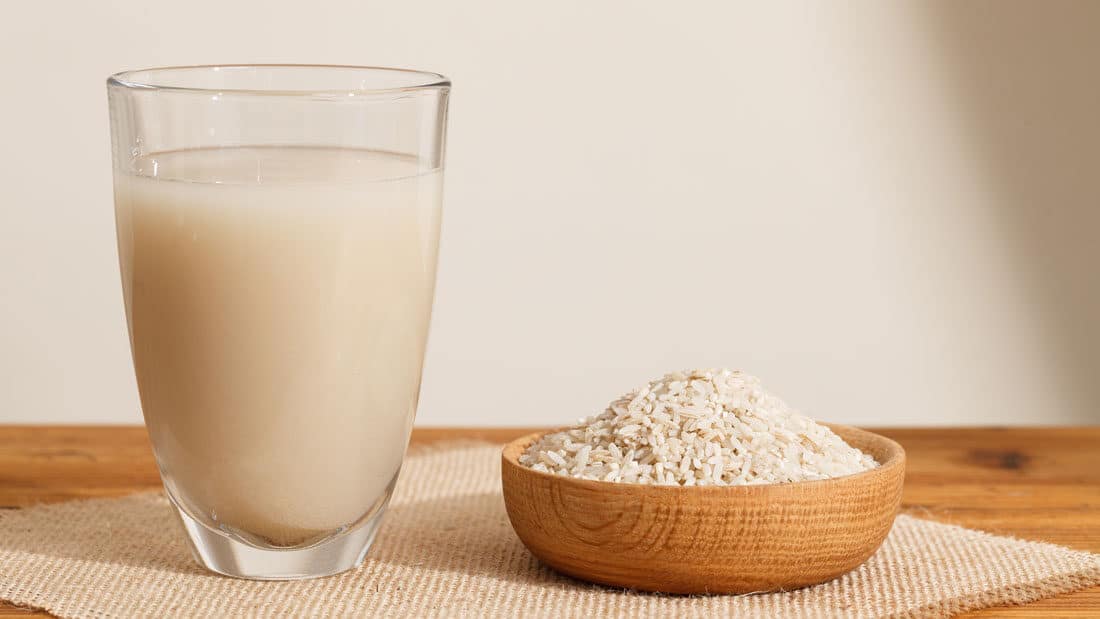
15 Jan Alternative Milks That Don’t Require Milking a Cow
Dairy milk, though still a staple in many families, is slowly being edged out for alternative milks like soy and almond. Whether this decision is due to health or animal welfare, we’re seeing in a soaring popularity of alternative milks, with oat being in with the latest trend.
Of course, each alternative milk provides its own benefits as well as properties that some drinkers should be aware. Below, we explore a few of the most popular varieties. See which one fits your lifestyle the most!

Soy Milk
Soy milk was one of the first alternative milks to hit the shelves and win the hearts of those who don’t drink dairy milk. Soy milk is made through extracting the liquid out of the soybean, and boasts almost the same nutritional value of dairy milk, usually fortified with calcium, vitamins A and D, and is packed with protein. Needless to say, those with a soy allergy should avoid at all costs. Some other studies have shown that soy may have a negative impact on fertility in men due to its high level of estrogen.

Almond Milk
Almond milk is another hugely popular alternative milk. Made from ground almonds and water, it’s an easy one to make at home. It carries a silky texture and contains vitamin E but has less than one-third of the calories found in dairy milk. With that said, it does lack fatty acids and some of the vitamins in minerals you can usually find in dairy milk. When shopping for almond milk, be sure to find the fortified variety.

Oat Milk
Oat milk is made of steel-cut oats or whole groats and water (the process of creating both milks are actually very similar). It’s a great choice for those who cannot tolerate dairy or nuts, and are also looking to reduce the amount of saturated fat in their diets. Those who are gluten-free can actually enjoy oat milk, too, as long as the oats used to make the milk is made with gluten-free oats. It has a considerable amount of protein when compared to other alternative milks besides soy, and is packed with fiber.

Coconut Milk
Coconut milk—you guessed it—is from coconuts! It’s one of the richer, smoother alternative milks, and its texture resembles dairy milk while carrying a lovely coconut flavor. It’s higher in fat as well, making it an effective substitution in baking. Coconut milk has a lot of potassium and is perfect for many with food allergies, but it does lack some of the nutritional value that dairy milk boasts (such as protein and calcium).

Rice Milk
Rice milk is one of the new kids on the grocery store shelves, made from boiled rice, brown rice starch, and brown rice syrup. It’s a hypoallergenic solution for those looking for a switch from dairy milk, free of soy, nuts, and gluten. It’s higher in carbohydrates and lower in protein and calcium, though, and its texture is much thinner than dairy milk and other alternative milks, making it great for drinking but no so much for baking or cooking.

Hemp Milk
Hemp milk is made from hulled hemp seeds and water, and like rice milk, is a hypoallergenic solution to those allergic to soy, nuts, and gluten. While it is high in iron and omega-3 fatty acids, it still lacks calcium and can be subject to a nuttier flavor than some may be used to. Because of this, many producers may add sugar to the beverage, so be sure to read the labels if you are actively trying to reduce your sugar intake.
Many individuals are pivoting away from dairy milk to embrace a plant-based lifestyle, hoping to be more sustainable and leave a smaller carbon footprint.
When it comes to sustainability, we’re all for ways to help the planet! Growing food in an Urban Cultivator is just one of the ways you can do this. In growing your own food, you effectively reduce your carbon footprint by limiting how far the food you eat has to travel. Featuring a wide variety of microgreens to grow, it’ll also help you on your culinary journey!
Do you drink alternative milks? Which is your favorite? Let us know in your comments section!

